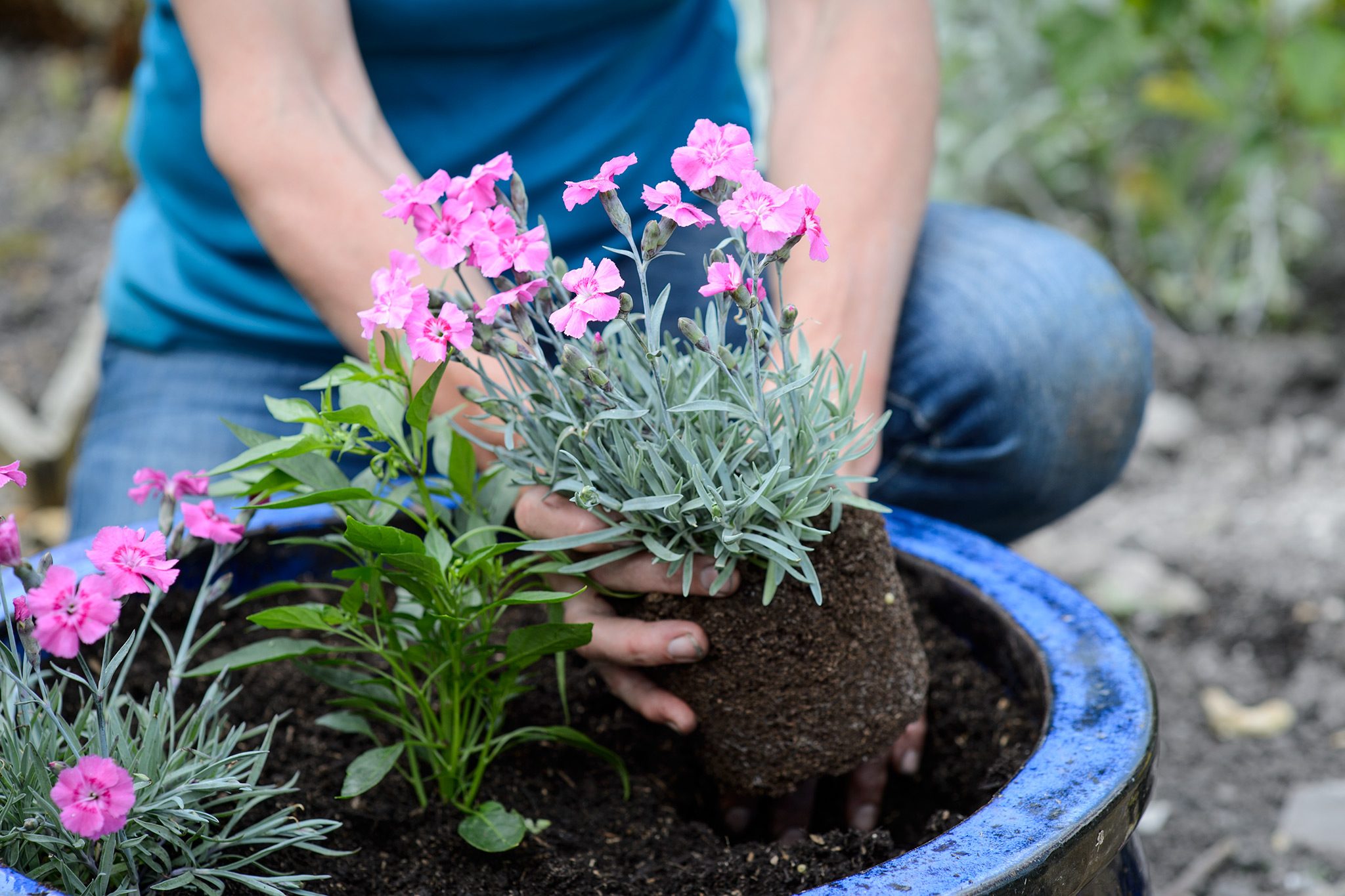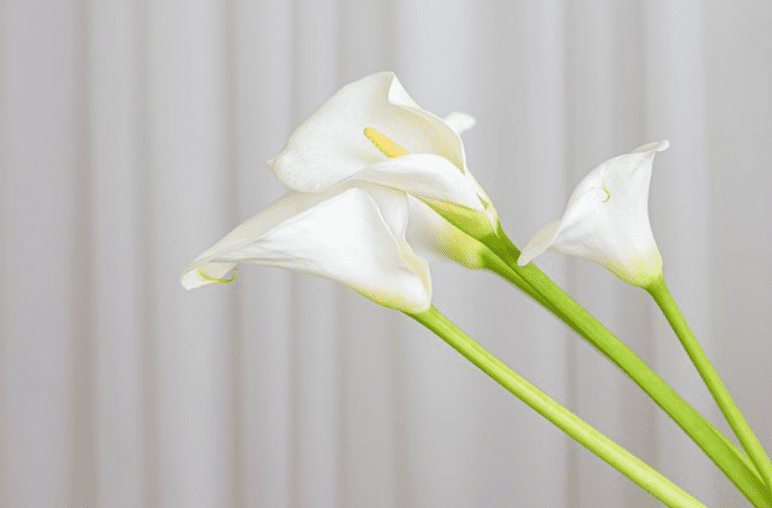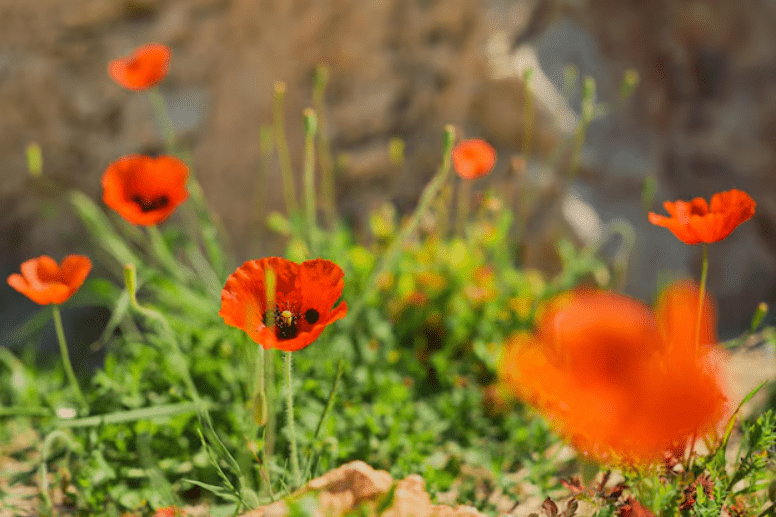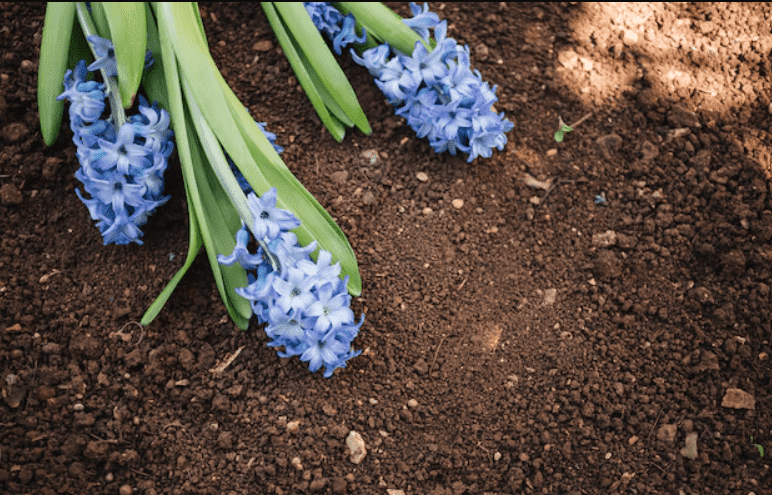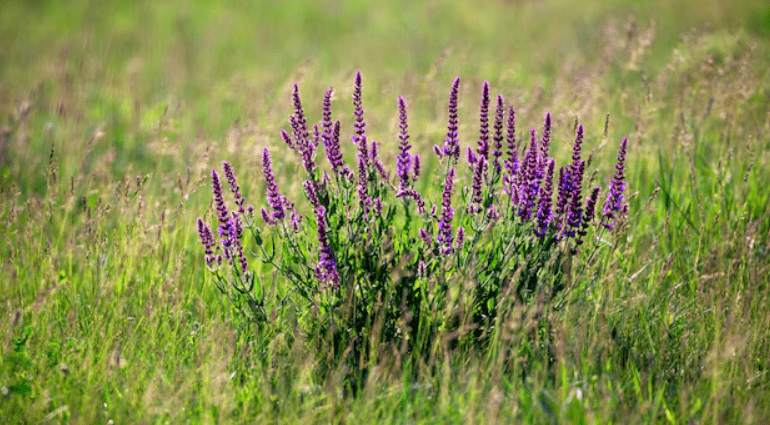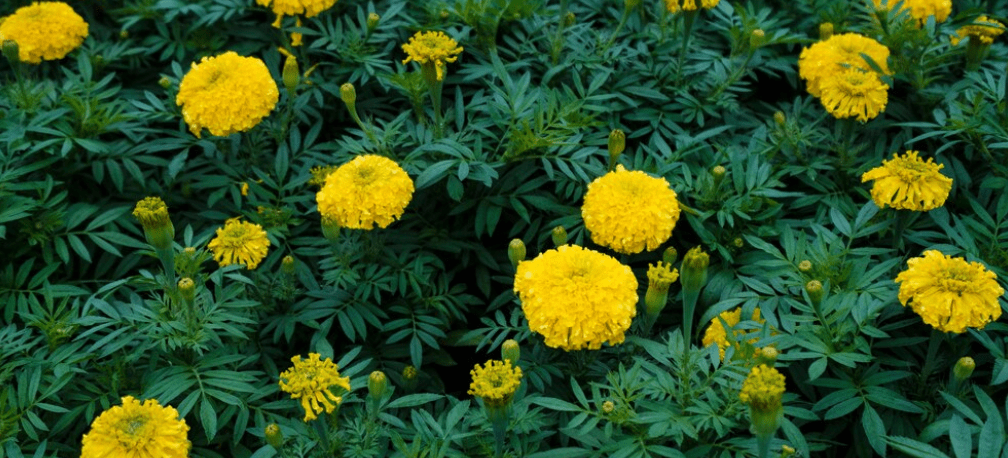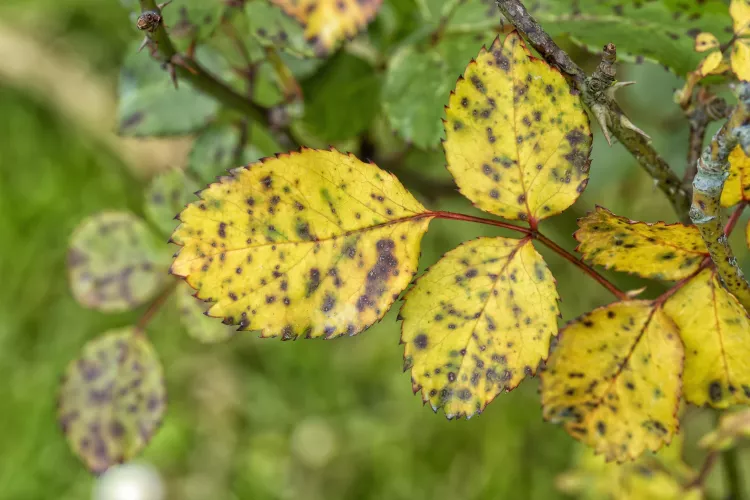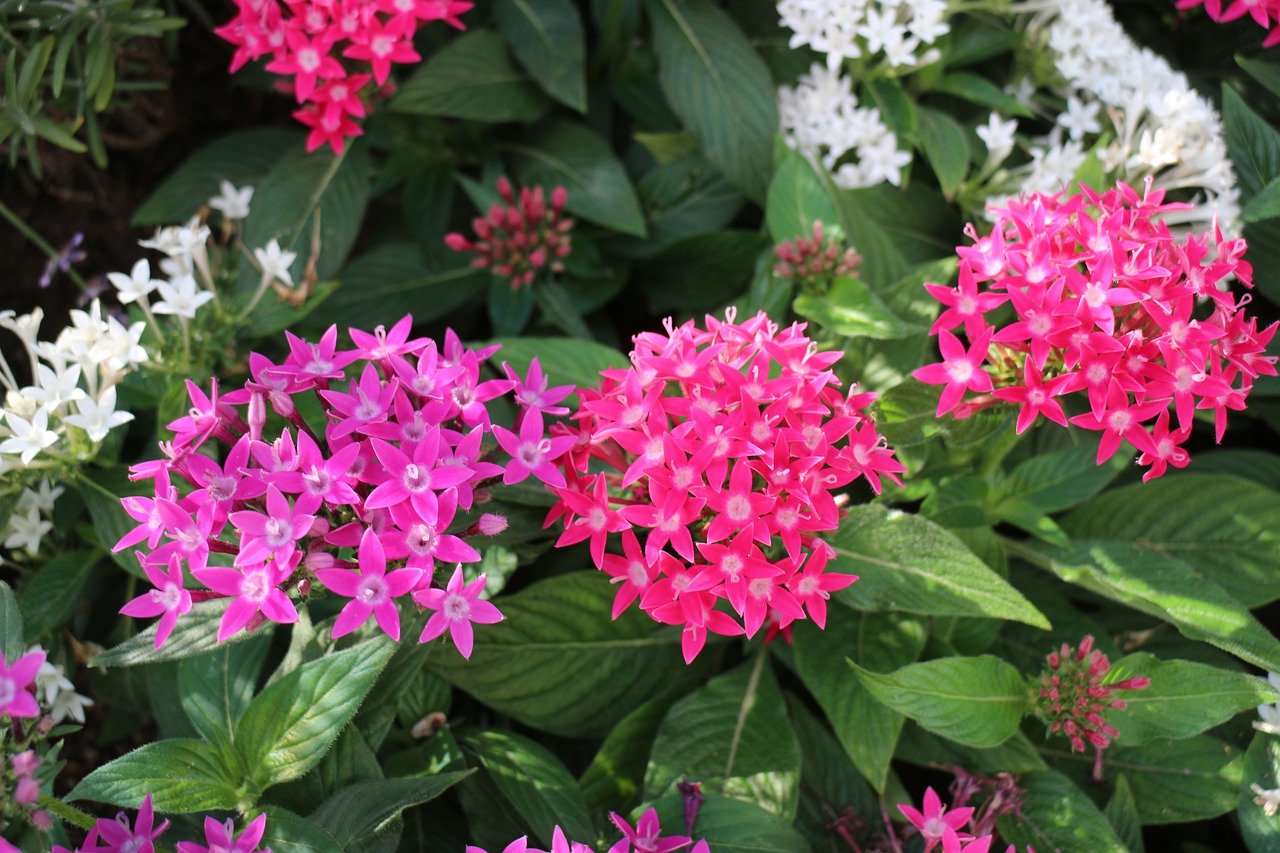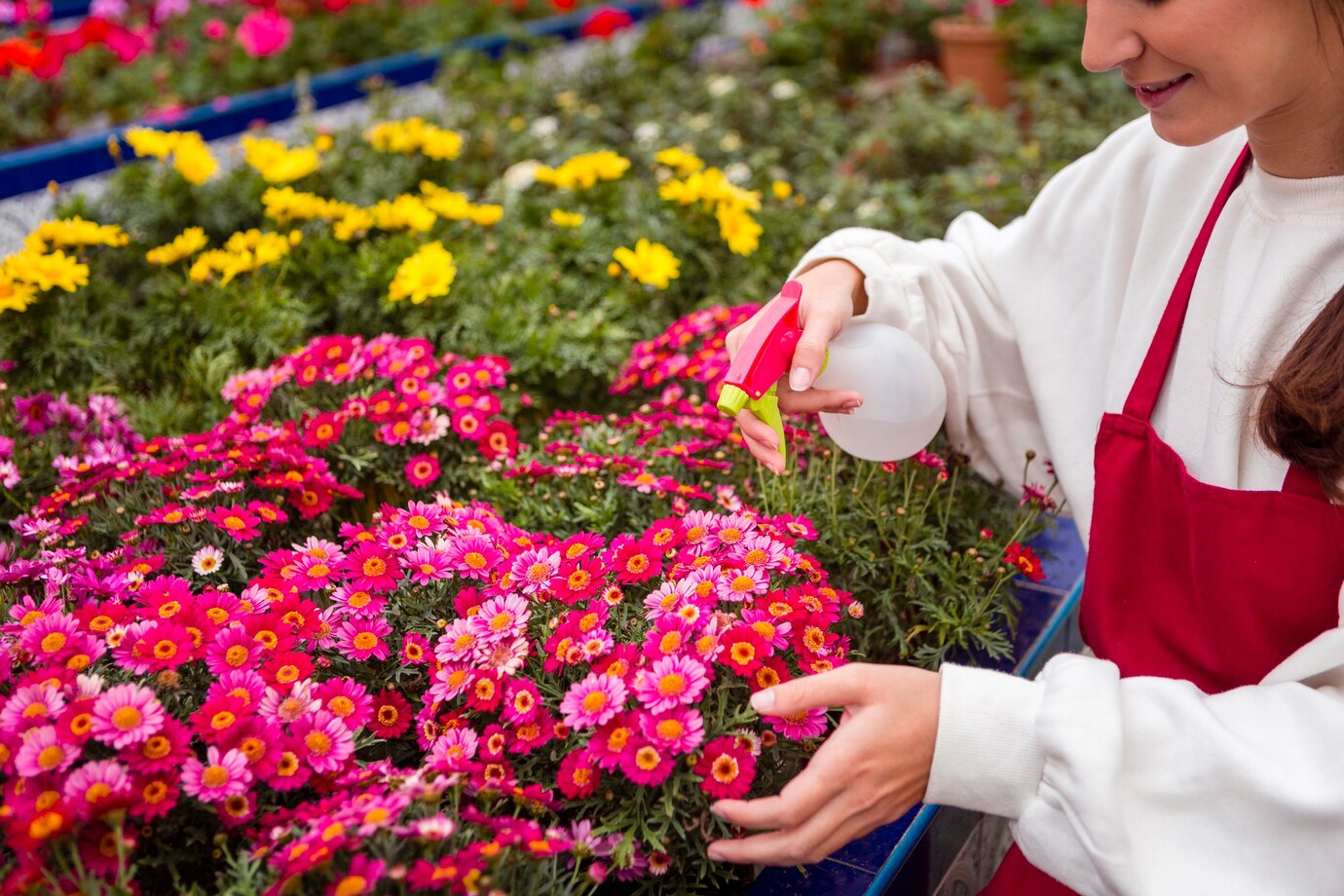Dianthus plants, also known as “pinks” because of their fringed petal edges, come in annual, perennial, and biennial varieties. Perennial Dianthus returns year after year. They thrive in full sun but struggle in extreme summer heat. These flowers prefer slightly alkaline soil and go dormant when temperatures drop to freezing or rise above 85°F. They are easy to grow but toxic to pets.
Where to Plant Dianthus
When learning how to grow Dianthus, choose a location with full sun. Dianthus needs at least six hours of sunlight per day. If that’s not an option, partial shade works, too. In overly shady spots, mat-forming types may start to rot, and taller varieties, like carnations, require plenty of light to stay upright. (Some towering types may still need extra support.)
Dianthus thrives in well-drained soil. Mat-forming varieties are prone to rot in wet or humid climates, so planting them on a 2- to 3-inch mound keeps water off the crown. Depending on the variety, Dianthus works well as a border plant, in containers, or as mass plantings in garden beds.
When to Plant Dianthus
You can plant Dianthus from seed outdoors in early spring while light frost is still possible. For nursery plants, transplant during spring or fall cooler months to help them develop deep roots. If starting from seed indoors, sow them 10 to 12 weeks before the last spring frost date.
How to Plant Dianthus
- When direct-seeding outdoors, cover seeds lightly with soil since they need light to germinate.
- For transplants, space plants 6 to 12 inches apart to ensure good air circulation.
- Set the crown level with the soil surface and water lightly.
For indoor planting:
- Press seeds gently into a moist potting mix and cover lightly.
- Keep the soil moist and apply bottom heat to speed up germination.
- Once seedlings emerge, move trays to a sunny window.
- Annuals sprout in about 10 days, while perennials take around three weeks.
- When seedlings develop four sets of leaves, frost is no longer risky, so harden them off and transplant them outdoors.
Dianthus Care Tips
Dianthus requires minimal to moderate care.
Light
Dianthus requires full sun with at least six hours of direct light daily. While Dianthus can tolerate partial shade, it may not thrive as well. Carnations struggle in heat but need ample sunlight to stay upright, which is unsuitable for southern gardens.
Soil and Water
Dianthus grows well in clay, silt, or sandy soil, but proper drainage is essential to prevent root rot. It won’t tolerate overly wet conditions. Slightly dry soil is better than too much moisture. While neutral to slightly alkaline soil is ideal, it can also handle mild acidity.
Avoid watering if the soil feels moist. Wait until it dries out, as overwatering can cause the leaves to turn yellow.
Temperature and Humidity
Dianthus loves the cool seasons of spring and fall. It handles light frost but shows stress when temperatures drop below 40°F. Most varieties struggle in hot, humid conditions and stop blooming when summer heat intensifies.
Fertilizer
Fertilizer needs depend on your goal for growing Dianthus. Carnations and other varieties grown for continuous blooms benefit from a balanced fertilizer every six to eight weeks during the growing season. Otherwise, adding compost around the plant base several times per season provides enough nutrients.
How to Prune Dianthus
Dianthus plants come in various shapes and sizes, so prune them accordingly. Miniature varieties form tight clumps of foliage and blooms, while giant species have minimal basal foliage. Mat-forming perennial varieties spread tightly, and as they grow, you may notice dead spots in the center. When this happens, divide and re-plant the plant to encourage new growth. Throughout the season, remove any old, dead foliage.
Removing old blooms from all types of Dianthus promotes another round of blooming. At the end of the season, either leave the foliage for winter interest or cut the plants down to 2 inches above the soil surface.
Pests and Problems
Dianthus can attract pests such as aphids, grasshoppers, slugs, snails, and sow bugs. While deer tend to avoid Dianthus due to their smell, taste, and toxicity, rabbits may still nibble on them.
Overwatering and poor air circulation can result in root rot and fungal diseases, such as rust. This disease causes orange, gold, or brown-red spots on the leaves. However, it is mainly a cosmetic issue, and you can manage it by ensuring healthy growing conditions.

